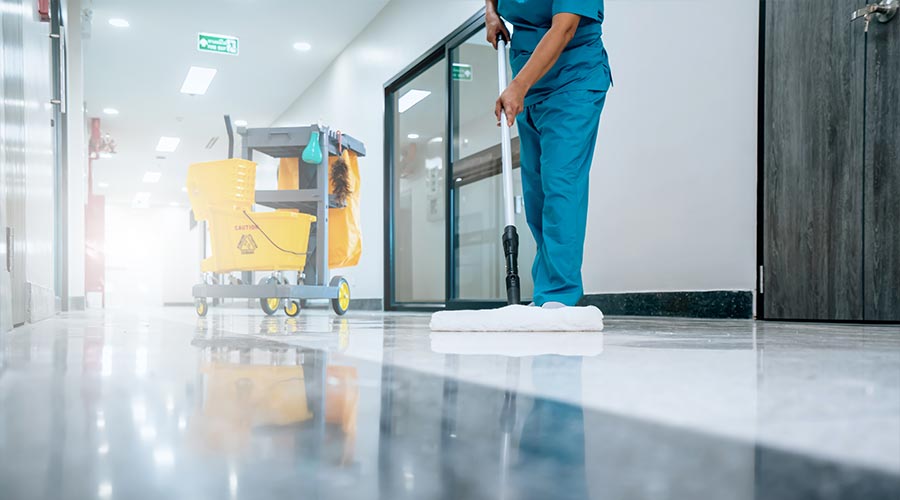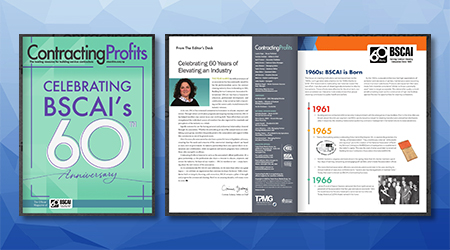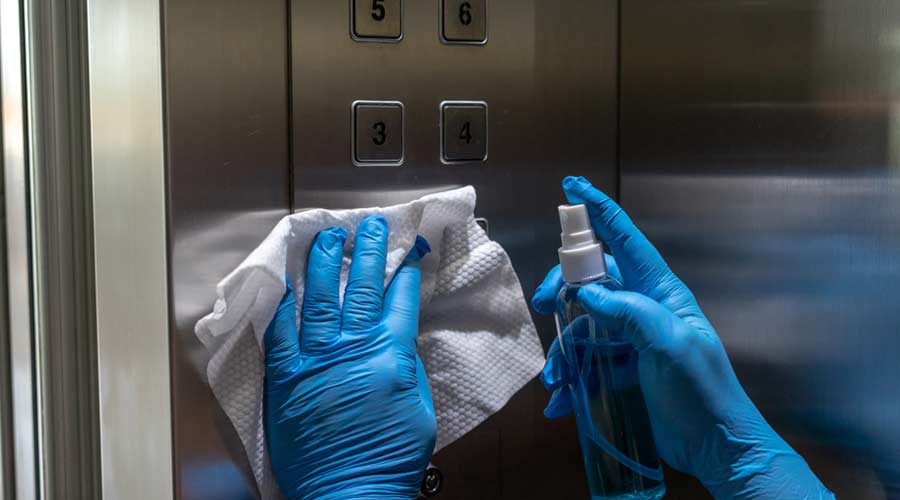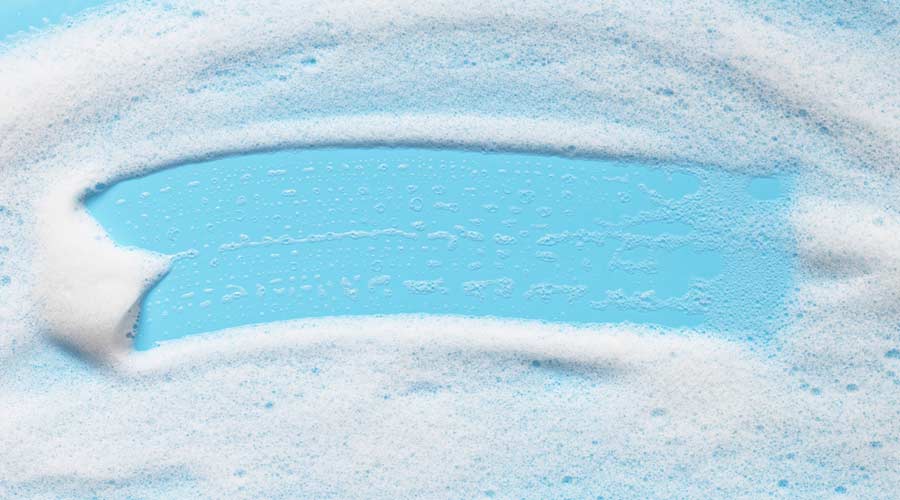
When cleaning experts are asked about hygienic mopping practices, the response might be surprising: There is no such thing.
The truth is, mops and buckets are far from the ideal tool for reducing pathogens on floors. In fact, the only true way to reduce pathogens is with an autoscrubber, says Joel Craddock, whose career in the cleaning industry spans decades.
“An autoscrubber is always working with clean water, then you vacuum up the dirty water, leaving the cleanest possible surface behind,” says Craddock, owner of DOC’s Facilities Solutions. “With a mop and bucket, the water’s only clean for that first mop dip. As soon as you wring out the mop, you’ve contaminated the water. From there on, you’re just spreading pathogens around.”
For someone with Craddock’s extensive background, his perspective is grounded in both experience and expertise. But even Craddock admits there’s more to the story when it comes to choosing the right floor care cleaning method.
While autoscrubbers are the gold standard for sizeable areas like lobbies or cafeterias, they can come with a hefty price tag — anywhere from $10,000 for a basic model to over $100,000 for automated versions. They’re also not perfectly suited for smaller spaces like hospital rooms, laboratories, offices, or classrooms where access to tight corners and edges is essential.
It is here that the mop and bucket still come into play. Fortunately, there are innovations that can transform these traditional tools into more hygienic, effective cleaning solutions.
Enter microfiber mops, split-bucket systems, and best practices designed to combat the germs lurking on every floor. These advancements make mopping easier and help reduce the spread of germs.
Dust Mopping
Craddock says building service contractors (BSCs) often skip dust mopping, a crucial step that can make a difference in maintaining clean, safe, and well-preserved floors. He stresses this overlooked task should be the first step in floor care, whether cleaners wield a mop or an autoscrubber.
“Dust mopping removes all the dust and anything loose on the surface, which can act as contaminants when you mop,” he explains. “If you put a wet mop down without dust mopping first, you're just spreading dirt everywhere.”
Taking the time to dust mop before wet mopping also protects the flooring because dirt and dust that’s left behind can scratch and wear down floor finishes, shortening their lifespan. To prevent this, BSCs should look for dust mops that feature yarn over the entire bottom surface, not just loops around the edges. This will ensure proper collection.
Meanwhile, there are still some BSCs using mops that require oil treatments. In these situations, Craddock recommends soaking mops in the oil treatment for 24 hours before use, or risk making floors slippery. Better yet, upgrade to newer dust mops instead.
“Newer models don’t require an oil treatment, which means they collect dust without making the floor hazardous,” he explains.
But no matter which mop is used, experts recommend BSCs not skip maintenance. Cleaning a dust mop is just as important as using it properly.
“Flip the mop over and vacuum it off. Most mop heads also must be laundered,” says Craddock. “Some dust mops are disposable, but with today’s eco-conscious mindset, reusable mops are often preferred.”
Identifying and Caring for Mopping Systems

 Celebrating BSCAI's 60th Anniversary eBook
Celebrating BSCAI's 60th Anniversary eBook The Down and Dirty on Cleaning in Virus Season
The Down and Dirty on Cleaning in Virus Season How Surfactant Use is Expanding in Commercial Cleaning
How Surfactant Use is Expanding in Commercial Cleaning